
All over the world, stay-at-home orders are lifting and workplaces are reopening.
If you are charged with communicating with employees about returning to the workplace and don’t know where to start, this list is for you.
Must haves
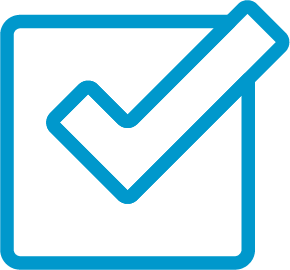 |
1. Employee reference guide
Create a one-stop shop where employees can find all important information about returning to the workplace. Topics can include new workplace policies, attendance expectations, what to expect on-site, distance and cleaning requirements, capacity restrictions and available resources.
 |
Keep text simple and use visuals to engage readers. To make the guide accessible to all employees, create a PDF that you email directly to employees and host a version on your intranet. Print a version for non-wired workers.
|
|
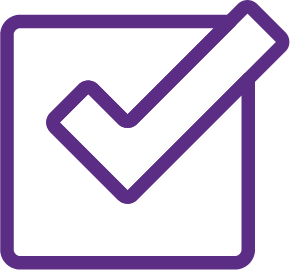 |
2. Message from leaders
This is an ideal time to send a warm, empathetic message from senior leaders letting employees know that sites are reopening and providing high-level information about what to expect. And it’s a great opportunity for leaders to express gratitude to all employees, whether they are returning to the workplace, have been on-site the whole time or will continue to work from home.
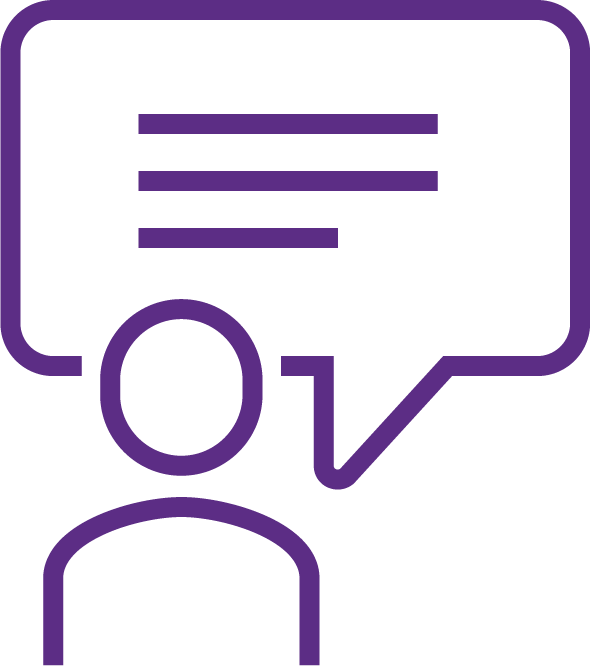 |
Aim for 250 words or less and include links to the reference guide and other available resources. The message can be sent via email to all employees, and printed and posted in locations.
|
|
 |
3. Posters/digital signs/floor decals
When employees arrive on-site, they need lots of visual cues reminding them where to go, what to do and what is expected. That way, employees will feel comfortable and know how to follow guidelines. For example:
-
Have a conference room that shouldn’t be used? Put a “Do Not Enter” sign on the door.
-
Want staircases to be one way only? Stick arrows on the walls.
-
Need employees to stay six feet apart in common areas? Place decals on the floor, showing employees where to stand.
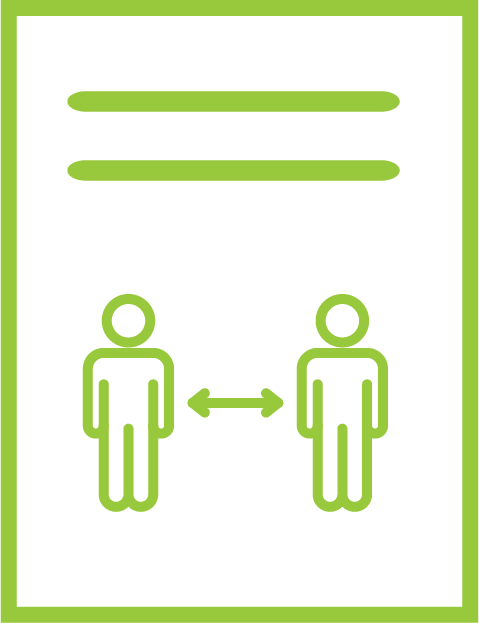 |
To make signs stand out and easy to read use:
|
|
Nice to have
 |
1. Employee survey
The best communication addresses exactly what’s on employees’ minds. Don’t make assumptions about what employees want or fall into the “anecdotal trap.” You know the one…“I heard from one employee that she feels this way, so all employees feel the same way.” Instead, ask them directly through a quick survey.
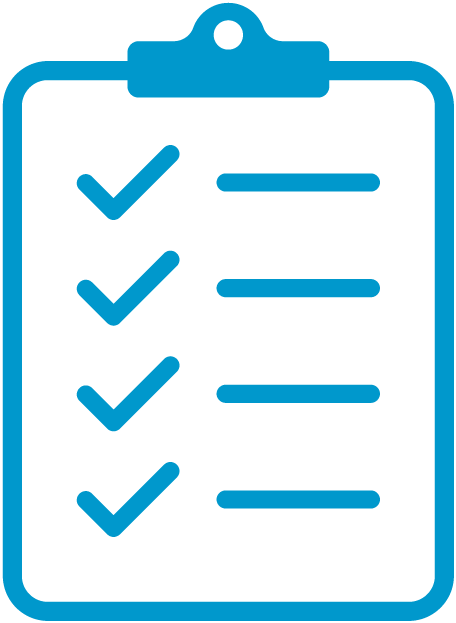 |
Employees don’t want to complete a long survey, so try to keep it to 10 questions or less. Focus on one topic: how they are feeling about returning to work. You can ask about challenges, concerns, opportunities. Use the results to create communication that is helpful and effective.
|
|
 |
2. Virtual meetings
Employees will have a lot of questions about what to expect when they return to the workplace. Before sites reopen, host a virtual meeting (or series of smaller meetings) with employees and leaders. Share what’s changing, what to expect in workplaces and which new guidelines are in place.
|
|
Leaders can share a quick presentation but try to use the majority of the meeting to let employees ask questions or express concerns. Some questions to expect: Be sure to capture all questions asked—and relevant answers—so you can include them in follow-up communication.
|
|
 |
3. Video
Once employees are back on-site, continuing to reinforce important messages and actions required will be helpful. A great tool to guide employees? Quick, simple videos focused on one or two key points. These can include:
-
Mask-wearing requirements
-
Social distance suggestions
-
Guidelines for workspaces and common areas
-
Where to find additional resources
 |
The video needs to be short—one to two minutes—to encourage employees to watch it. If you plan to share the video on digital signs, approach it as a series of animated billboards strung together. This way, the information is accessible to employees even if they walk past it and only see a few seconds.
|
|





